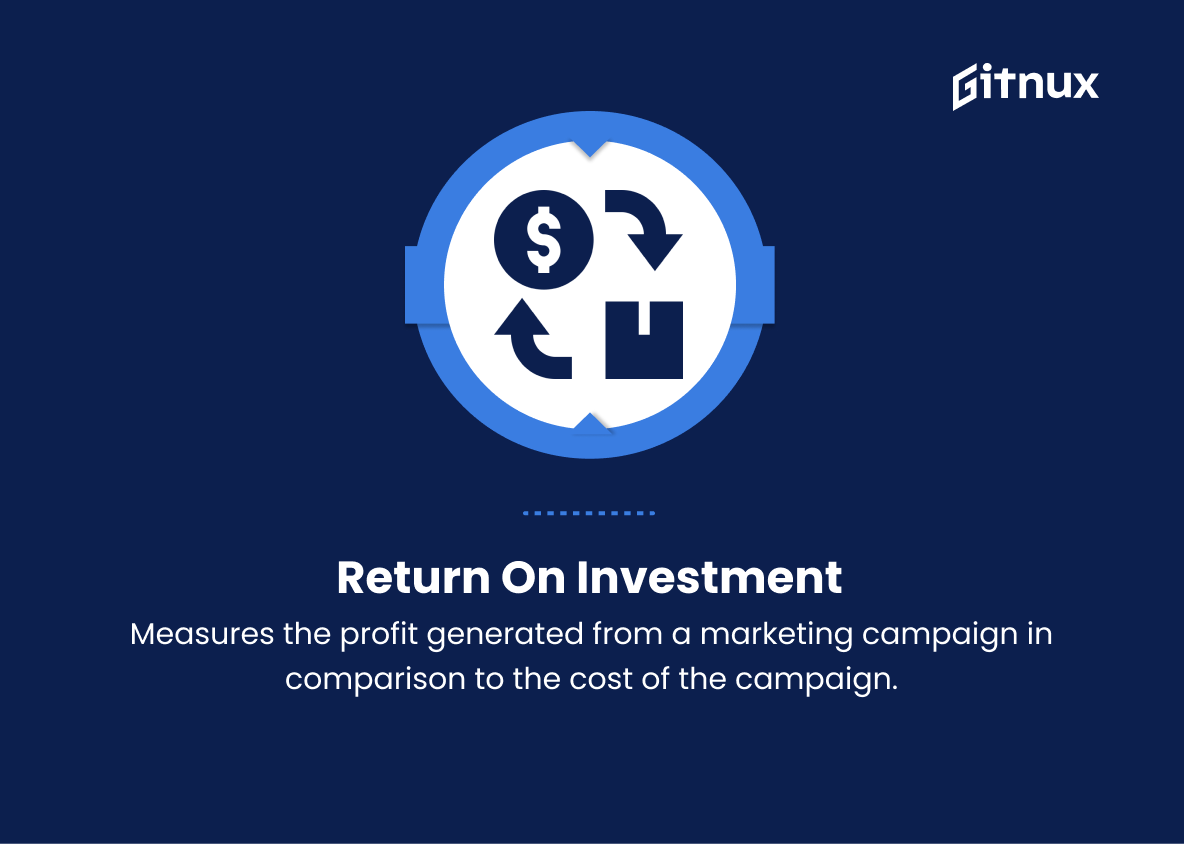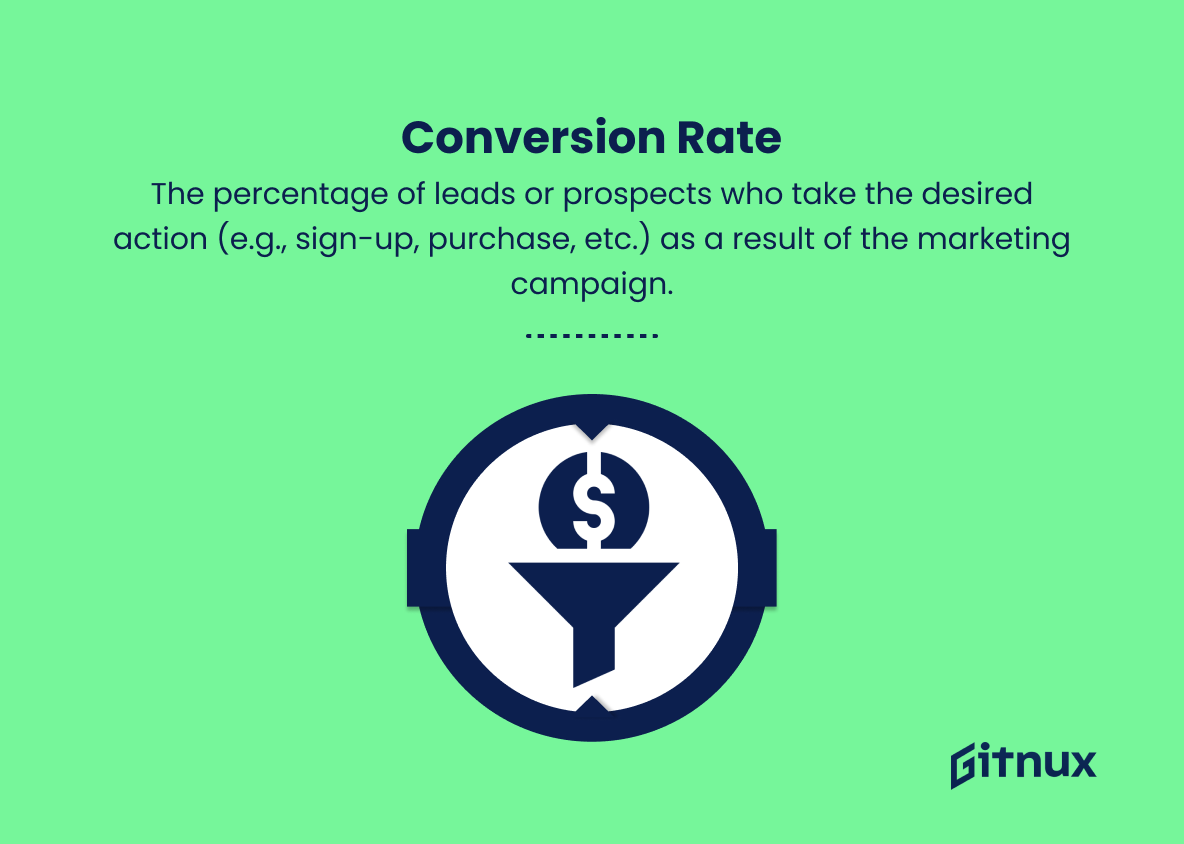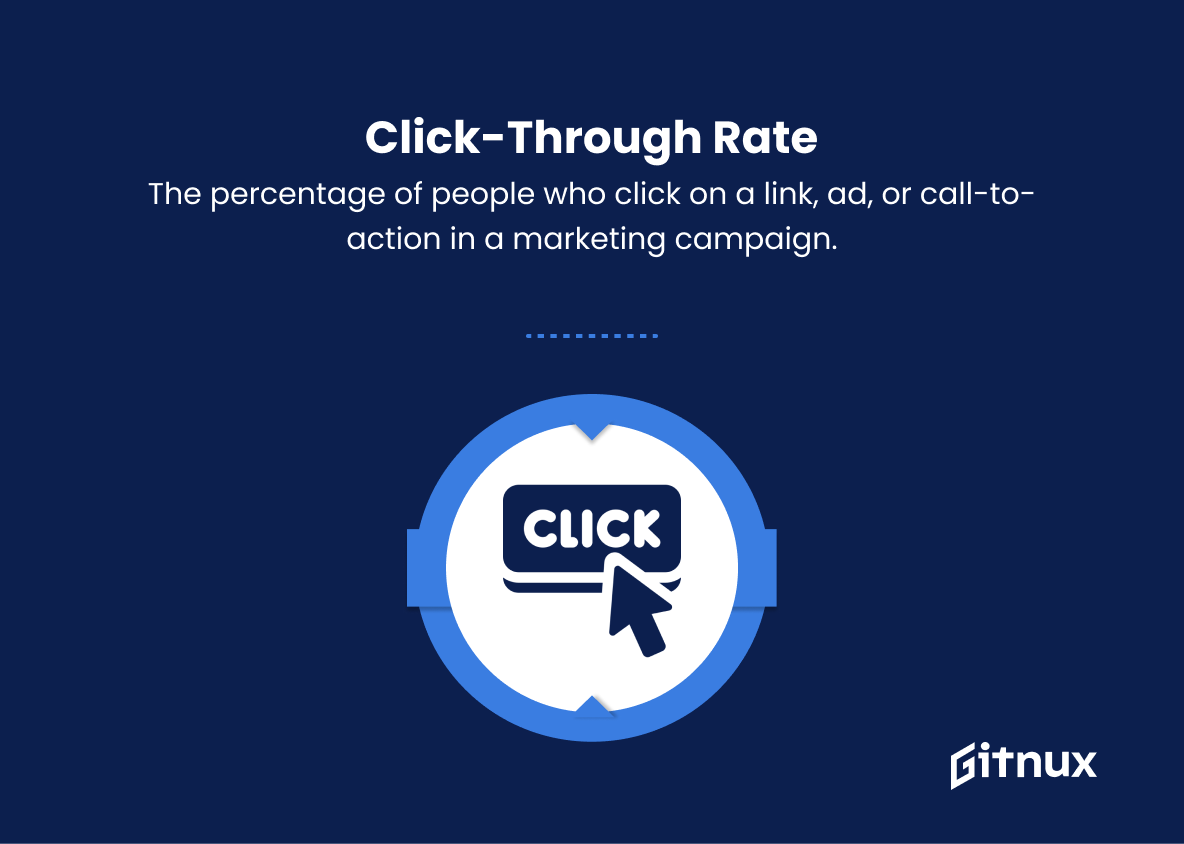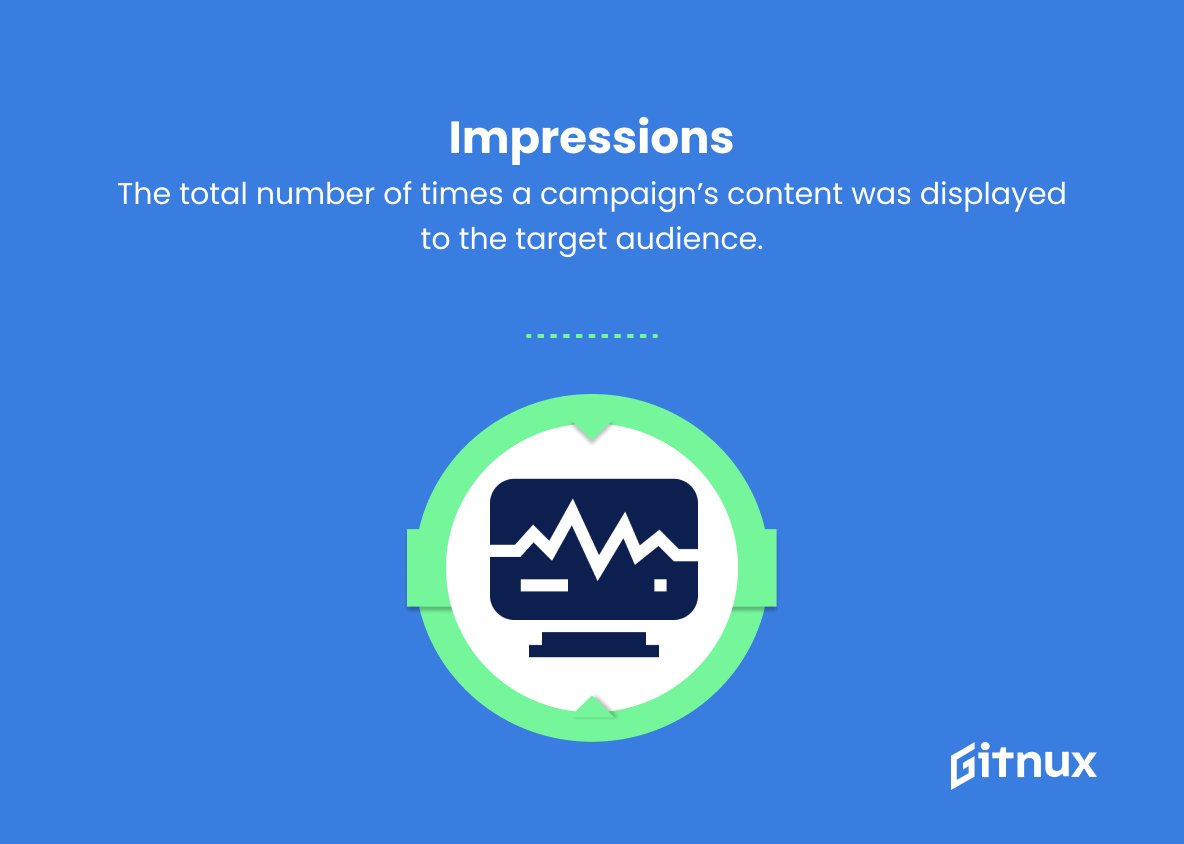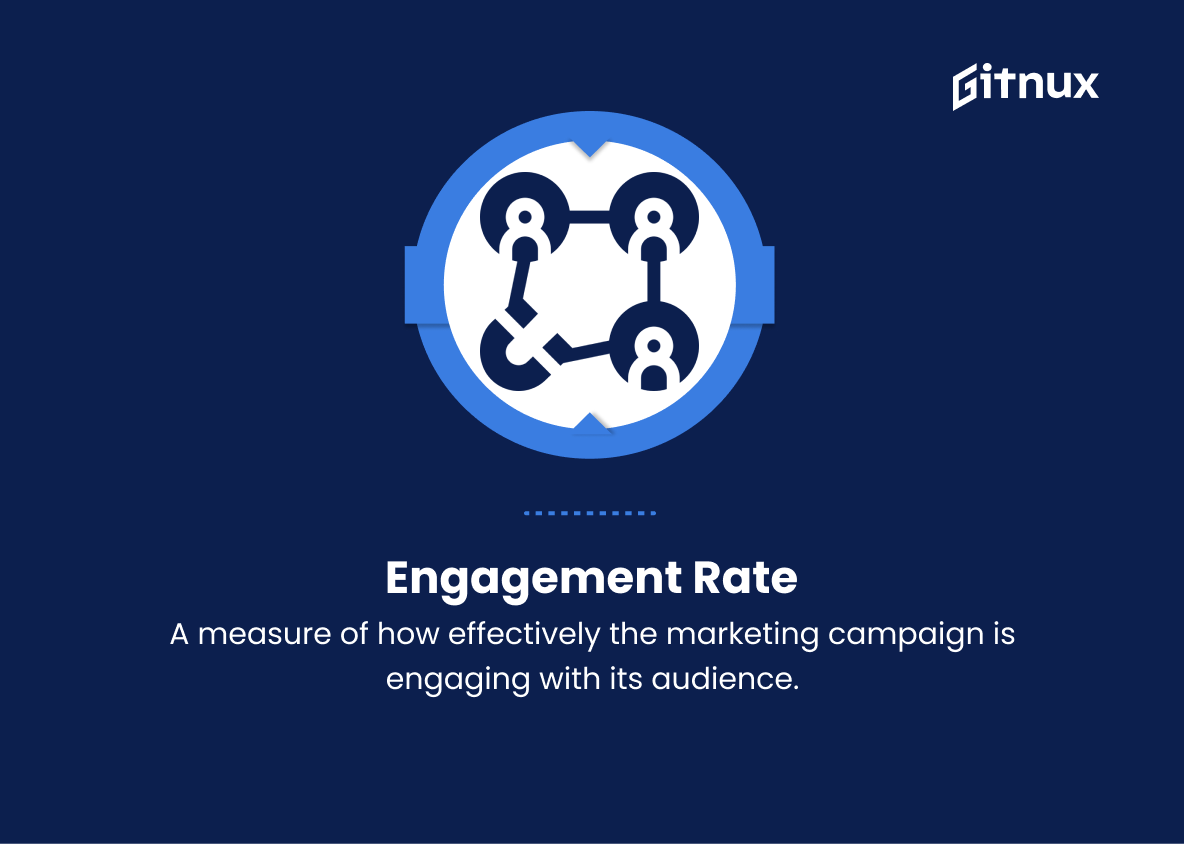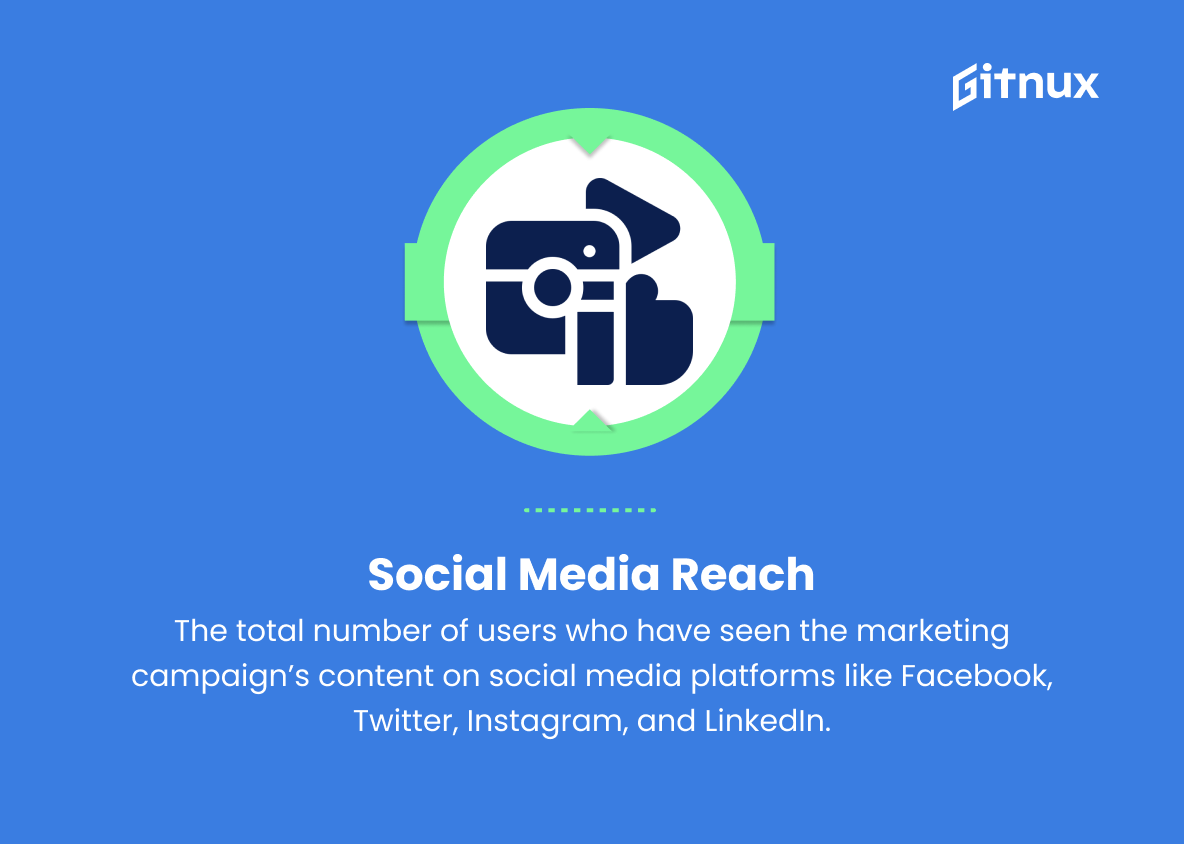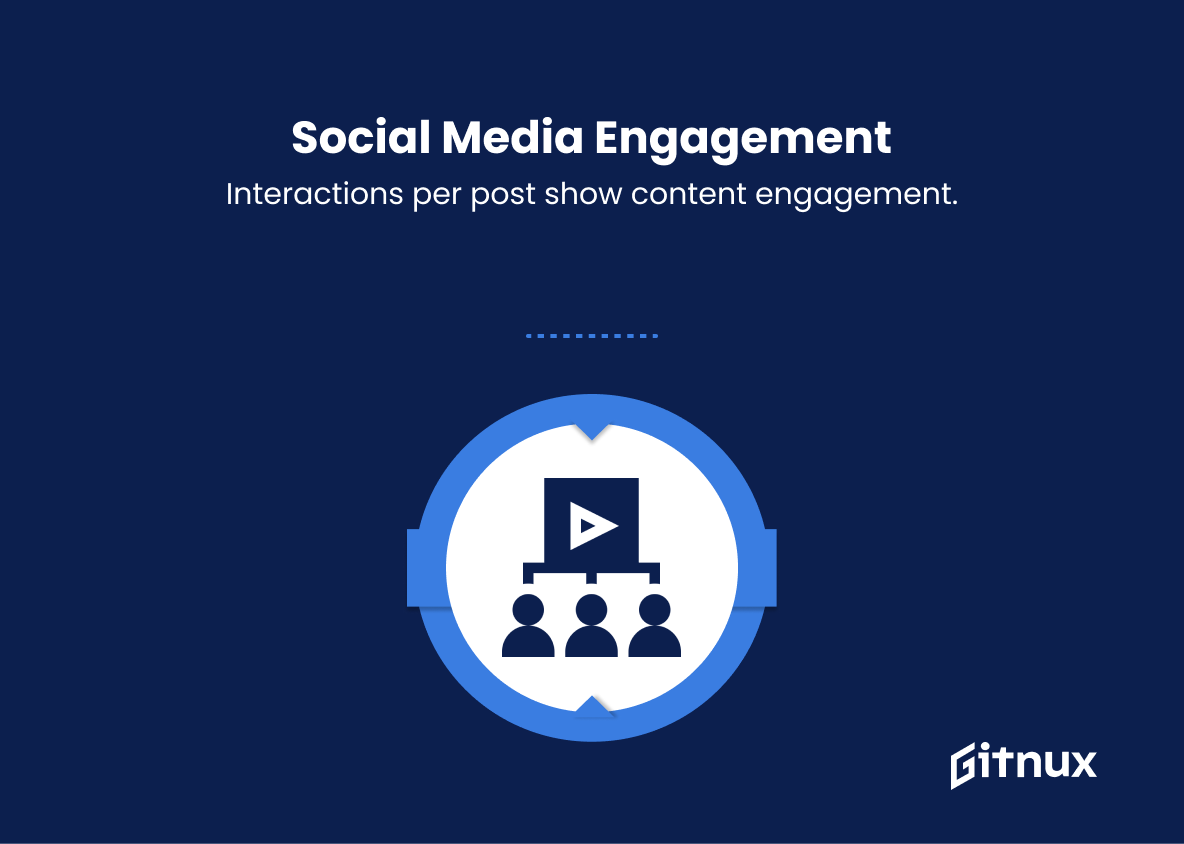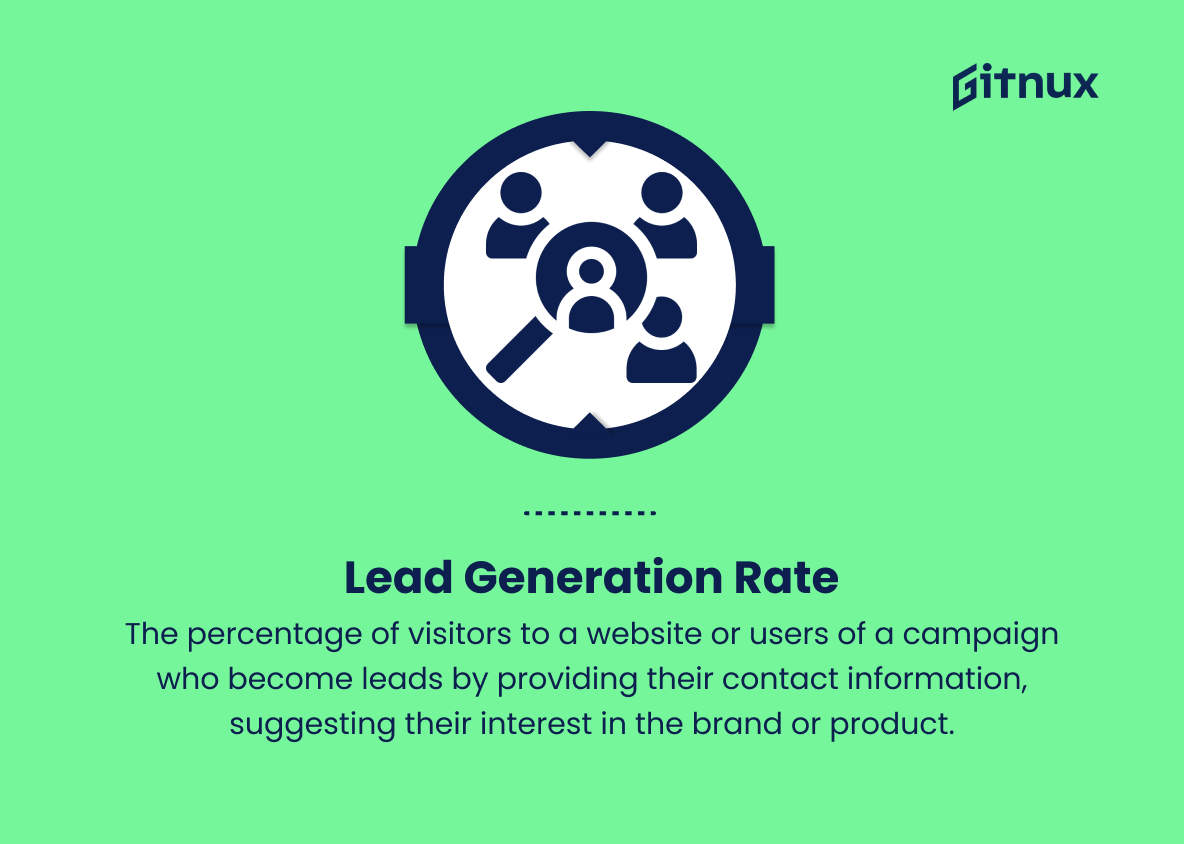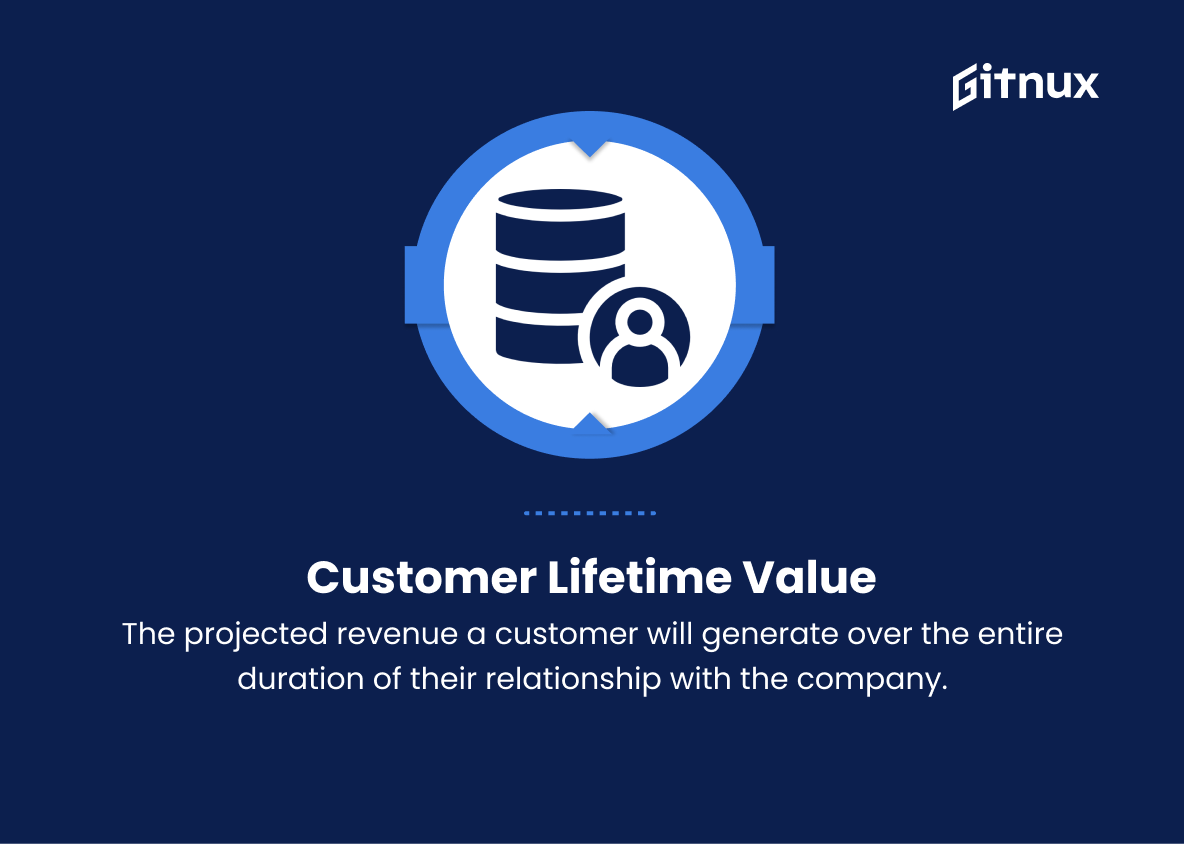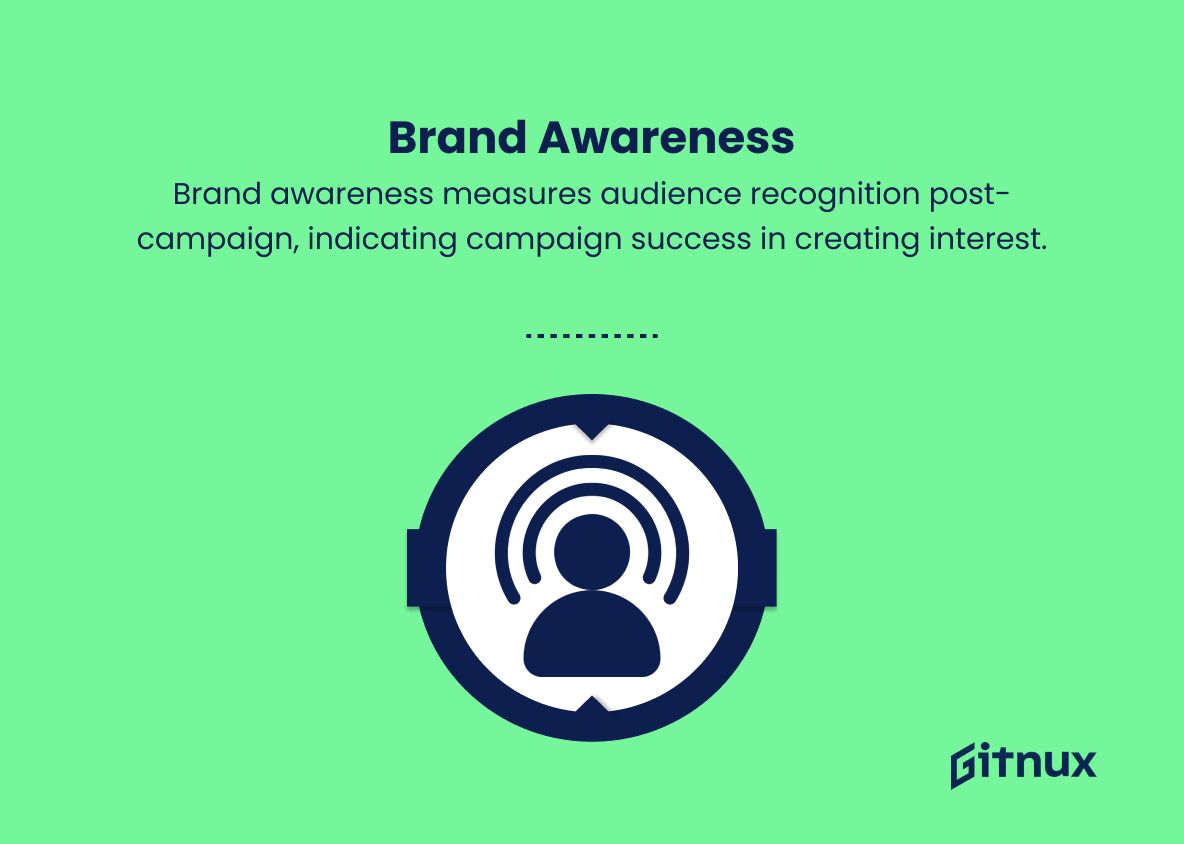In today’s fiercely competitive business landscape, the success of a marketing campaign is directly linked to a company’s growth and profitability. As marketers, it’s imperative to stay on top of the key performance indicators (KPIs) that shape our strategic decisions and help us enhance our organization’s overall effectiveness. This is where Marketing Campaign Metrics come into play. By accurately measuring these metrics, businesses can monitor the efficiency of their campaigns, make well-informed decisions, and optimize their marketing efforts for maximum impact.
In this blog post, we will delve deep into the world of Marketing Campaign Metrics, exploring why they matter, the various metrics every marketer should track, and how to leverage these insights to propel your brand to new heights. So, buckle up and join us on this enlightening journey to unlock the true potential of your marketing campaigns.
Marketing Campaign Metrics You Should Know
1. Return on Investment (ROI)
Measures the profit generated from a marketing campaign in comparison to the cost of the campaign. It helps determine the overall effectiveness of a campaign in terms of financial returns.
2. Conversion Rate
The percentage of leads or prospects who take the desired action (e.g., sign-up, purchase, etc.) as a result of the marketing campaign. A higher conversion rate indicates a more effective campaign.
3. Cost per Acquisition (CPA)
The average cost of acquiring a new customer through a marketing campaign, calculated by dividing the total cost of the campaign by the number of new customers acquired.
4. Click-Through Rate (CTR)
The percentage of people who click on a link, ad, or call-to-action in a marketing campaign. Higher CTRs indicate that the audience is engaging with the campaign’s content.
5. Bounce Rate
The percentage of visitors who leave a website after only viewing one page or shortly after arriving. A lower bounce rate indicates that the marketing campaign is driving quality traffic and the content is relevant to their needs.
6. Impressions
The total number of times a campaign’s content was displayed to the target audience. This helps to measure the reach and visibility of the campaign.
7. Engagement Rate
A measure of how effectively the marketing campaign is engaging with its audience. It can be calculated using various metrics, such as likes, comments, shares, and average time spent on the content.
8. Open Rate
The percentage of recipients who open an email marketing message. Higher open rates generally indicate that the subject line and sender information are resonating with the target audience.
9. Social Media Reach
The total number of users who have seen the marketing campaign’s content on social media platforms like Facebook, Twitter, Instagram, and LinkedIn.
10. Social Media Engagement
The total number of interactions (likes, comments, shares, etc.) per social media post related to the marketing campaign, indicating the effectiveness of the content in driving audience interest and participation.
11. Lead Generation Rate
The percentage of visitors to a website or users of a campaign who become leads by providing their contact information, suggesting their interest in the brand or product.
12. Revenue Generated
The total income generated directly or indirectly as a result of the marketing campaign, by measuring sales, subscriptions, or other financially measurable results.
13. Customer Lifetime Value (CLTV)
The projected revenue a customer will generate over the entire duration of their relationship with the company. This metric helps in understanding the long-term impact of the marketing campaign on customer acquisition and retention.
14. Brand Awareness
A measure of how well the target audience recognizes a brand after being exposed to the marketing campaign—a higher level of brand awareness means the campaign was successful in creating awareness and interest.
Marketing Campaign Metrics Explained
Marketing campaign metrics are crucial in evaluating the success and impact of the campaigns on the target audience. Return on Investment (ROI) gauges the overall effectiveness of a campaign by comparing the profits generated to the cost. Conversion Rate, Cost per Acquisition (CPA), and Lead Generation Rate reflect how well the campaign attracts and retains customers. Click-through Rate (CTR) and Bounce Rate provide insights into audience interaction and the quality of the traffic driven by the campaign.
Impressions, Engagement Rate, Open Rate, Social Media Reach, and Social Media Engagement help to quantify the visibility and engagement levels of the campaign’s content across various channels. Revenue Generated and Customer Lifetime Value (CLTV) metrics demonstrate the direct and long-term financial impact of the campaign on the business. Lastly, Brand Awareness indicates the level of recognition and interest instilled in the audience following exposure to the marketing campaign. Each of these metrics plays a vital role in assessing and refining the marketing strategies to optimize the campaign’s performance and achieve the desired outcomes.
Conclusion
In conclusion, understanding and utilizing marketing campaign metrics is vital for businesses to measure the effectiveness of their marketing efforts, optimize their strategies, and ultimately, drive higher levels of engagement, growth, and conversions.
By consistently analyzing key performance indicators such as reach, click-through rate, conversion rate, and return on investment, marketers can make informed decisions that will propel their campaigns to success. Furthermore, a data-driven approach allows for continuous adaptation, ensuring that businesses can stay ahead in today’s ever-evolving digital landscape. As such, organizations must prioritize tracking and evaluating their marketing KPIs to fine-tune their campaigns and achieve maximum impact.
